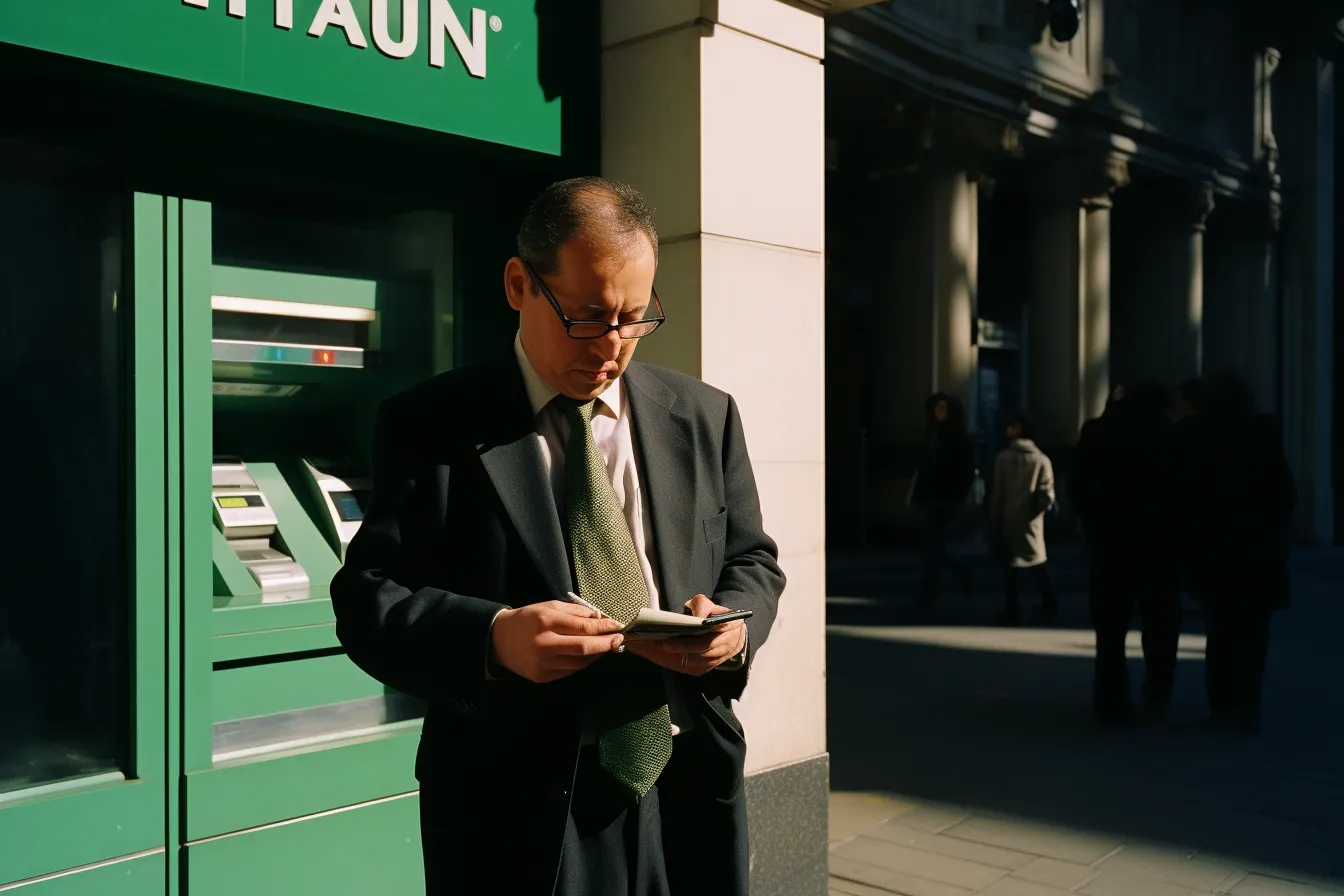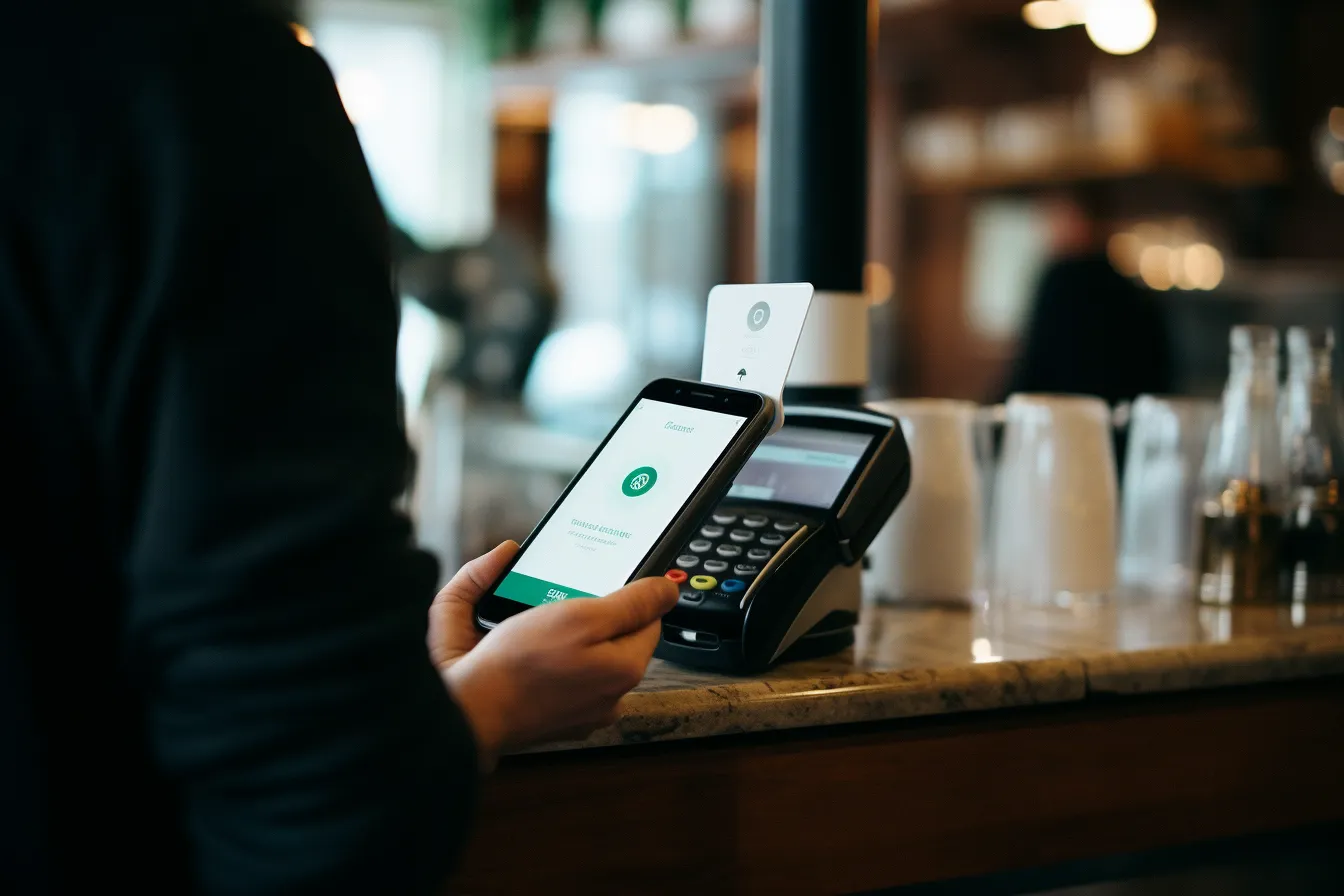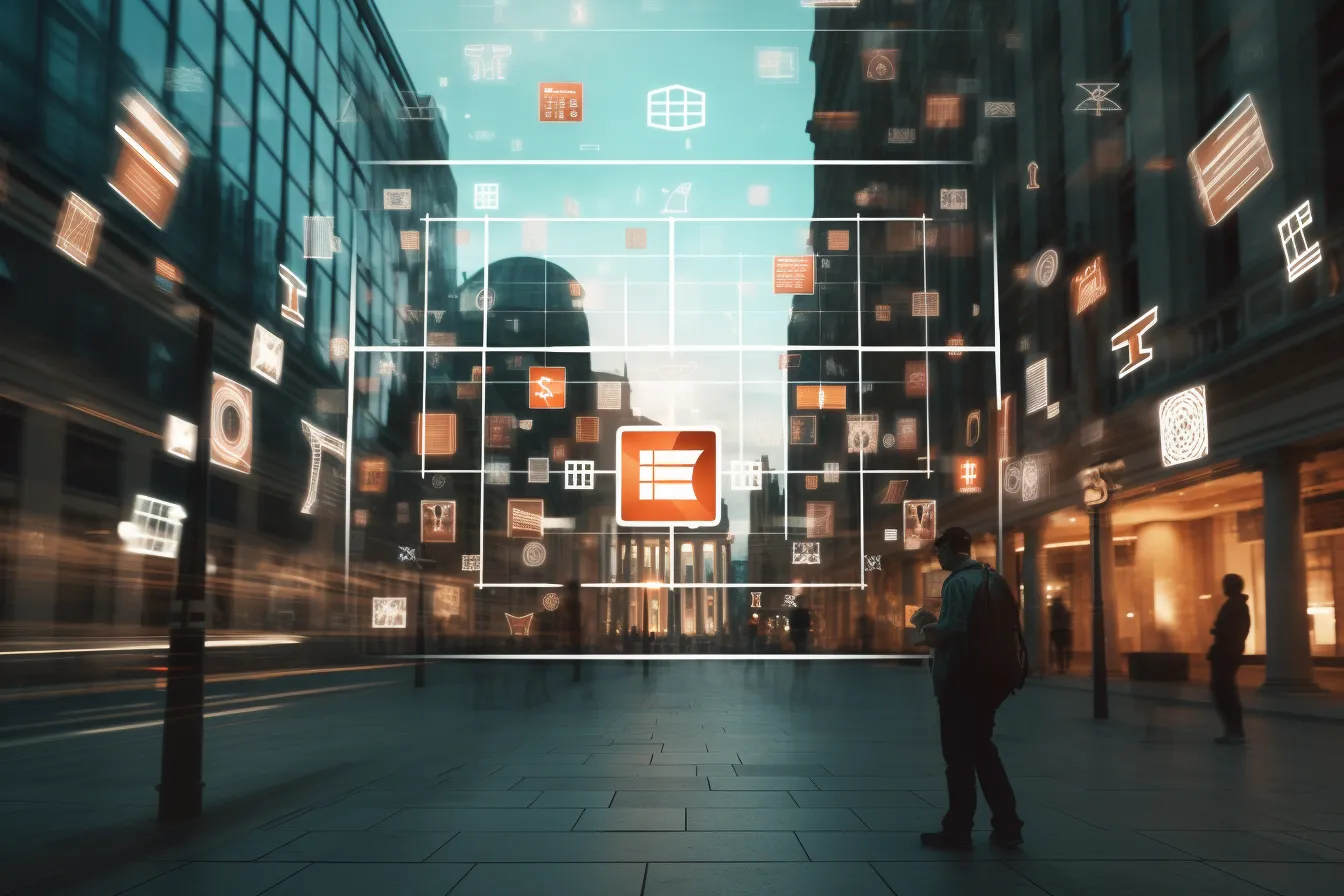Welcome to our comprehensive guide on decoding unauthorized bank transactions! In today’s digitally-driven world, it is increasingly common for individuals to encounter unapproved transactions in their bank accounts. This unfortunate situation can be distressing and may raise concerns about security and financial stability. In this article, we will delve into the key steps you should take when you spot an unauthorized transaction in your bank account, ensuring you are equipped with the knowledge and tools necessary to address and resolve this issue promptly.
1. Don’t Panic, But Act Quickly
Upon noticing an unapproved transaction, it is essential to remain calm and composed. While it is understandable to feel a sense of alarm, panicking can hinder your ability to respond effectively to the situation. Take a deep breath, and remind yourself that there are established protocols in place to address these instances.
2. Verify the Transaction
The first step is to verify whether the transaction in question is indeed unauthorized. In some cases, it may be a legitimate purchase that you simply do not recognize. Cross-reference the transaction details with your records or contact the responsible parties involved (e.g., merchant or service provider) to confirm its validity. This step will help avoid any unnecessary confusion or misunderstandings.
3. Contact Your Bank Immediately
Once you have confirmed that an unauthorized transaction has occurred, it is imperative to contact your bank without delay. Notify them about the situation, providing them with all the relevant details surrounding the transaction. The sooner you notify your bank, the better chance you have of recovering the funds and preventing any further unauthorized activity.
4. Utilize Online Banking Tools
While you wait for your bank to address the unauthorized transaction, leverage the benefits of your online banking tools. Most financial institutions offer features that allow you to flag and dispute specific transactions directly through their online platforms. These tools can expedite the resolution process and provide you with real-time updates on the status of your claim.
5. Change Your Passwords and Enhance Security
Simultaneously with reporting the unauthorized transaction, it is advised to change your online banking passwords. This step helps protect your account from further unauthorized access. Additionally, consider enhancing your account security by enabling multi-factor authentication or reviewing your security question answers to ensure they are not easily guessable.
6. Monitor Your Accounts Regularly
Prevention is key when it comes to unauthorized transactions. Make it a habit to monitor your bank accounts, credit cards, and financial transactions regularly. Promptly review any suspicious activities or unfamiliar charges, regardless of their size. By staying vigilant, you can proactively detect and address any unauthorized transactions before they escalate.
7. Stay Informed about Phishing Scams
Phishing scams are a common method used by fraudsters to obtain sensitive account information. Stay informed about the latest phishing techniques and scams targeting unsuspecting individuals. Be cautious of clicking on suspicious links or providing personal information to unknown sources, as these actions can compromise your account’s security.
8. Keep Documentation of Communication
Throughout the resolution process, it is crucial to maintain detailed records of all communication with your bank, including dates, times, and the names of individuals you have spoken to. This documentation will serve as evidence and can support your case should any discrepancies arise during the investigation.
9. Follow Up Regularly
After reporting the unauthorized transaction, regularly follow up with your bank to ensure progress is being made. Maintain open lines of communication and request updates on the status of their investigation. By being proactive and persistent, you demonstrate your commitment to resolving the situation and assert your rights as a customer.
10. Learn and Prevent Future Incidents
Once the unauthorized transaction has been resolved, take the time to reflect on the incident and identify potential areas for improvement in your personal security practices. Learn from the experience and integrate preventative measures into your financial habits to reduce the likelihood of future unauthorized transactions.
In summary, spotting an unauthorized bank transaction can be a disconcerting experience. However, by following the outlined steps – staying calm, verifying transactions, notifying your bank, utilizing online tools, enhancing security, monitoring accounts, guarding against phishing scams, documenting communication, following up diligently, and learning from the experience – you can effectively decode these unauthorized transactions and safeguard your financial well-being. Remember, prompt action and a proactive approach are key to resolving these issues swiftly and effectively.






